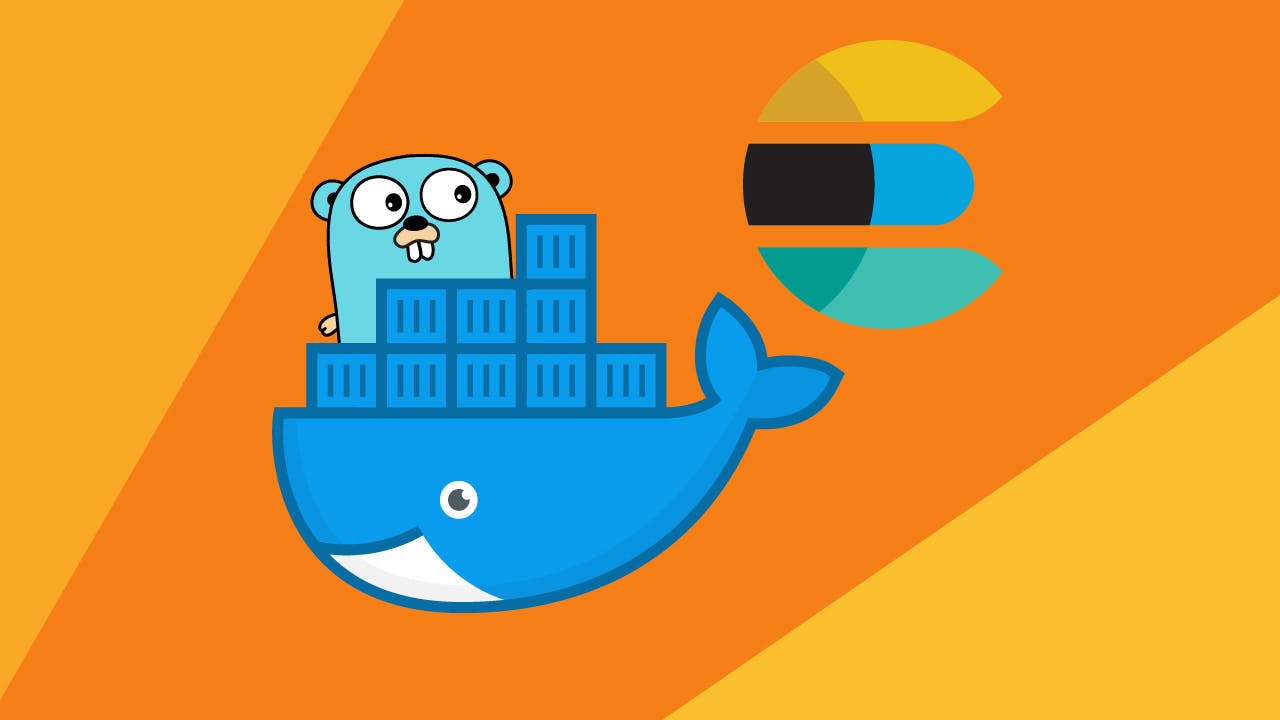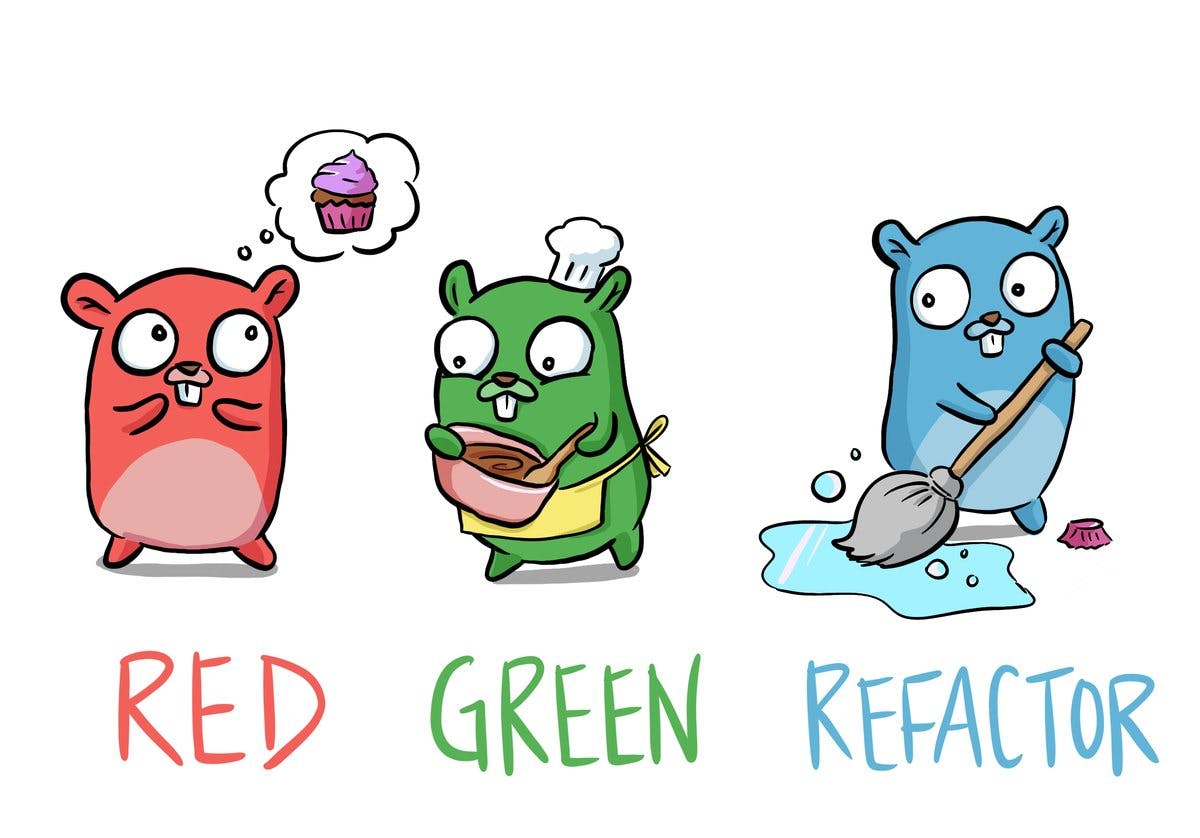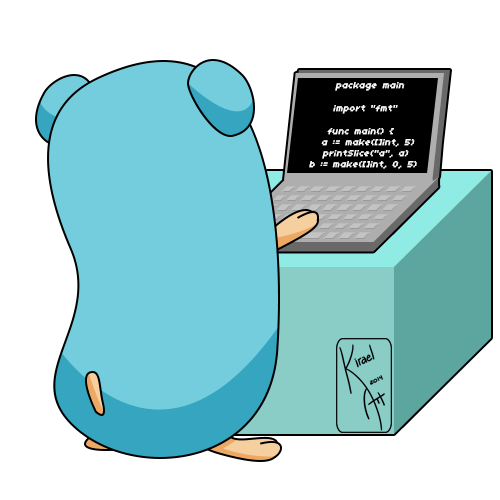Blog.
Hi, my name is Marco. Working as a Senior Software Architect at Philips. I'm an Opensource Maintainer and Contributor. If you like my work, consider to sponsor my work.
I wrote my first blog March 2011. Mostly I'm writing on software development. In total I wrote 75 articles in 7 categories. Use search below to filter by title or click a category or tag to filter by tag or category.
Categories:
Tags:
Stories
How to do Enums in Go
Marco Franssen /
It has been a while since I wrote a blog on Go. Since I'm getting the question if Go supports enums every now and then, I thought it would be good to write an article on how to do enums in Go. Go natively does NOT have an enum type like you might be used to from c# or Java. However that doesn't mean we can easily define our own type. In this blog we will cover defining our own type, combined with a piece of code generation. If you are new to Go, then consider reading Start on your first Go pro…
Build a Go Webserver on HTTP/2 using Letsencrypt
Marco Franssen /
Pretty often I see developers struggle with setting up a webserver running on https. Now some might argue, why to run a webserver on https during development? The reason for that is simple. If you would like to benefit from HTTP/2 features like server push, utilizing the http.Pusher interface, you will need to run your webserver on HTTP/2. That is the only way how you can very early on in the development process test this. In this blog I'm showing you how to do that in Go using Letsencrypt and a…
Manage Go tools via Go modules
Marco Franssen /
In this blog I will cover how I'm managing and versioning the tools my Go projects depend on. Go Modules are available since Go 1.11. Using Go Modules you can manage the dependencies for your project. You can compare it to NPM in Nodejs projects or Maven in Java project or Nuget in .NET projects. In general Go Modules are used to manage your compile time dependencies. However in my projects I also like to manage the tools required for Continuous Integration in my projects. To ensure all develop…
Improved graceful shutdown webserver
Marco Franssen /
In a previous blogpost I wrote how to create a Webserver in Go with graceful shutdown. This time I want to show you a more improved version which you can utilize better in your projects as it can be used as a drop in server.go file in your project where I also make use of some popular high performing libraries. In previous example I coded the full example in main.go. Although nothing wrong with that I learned while building microservices for a while it would be more convenient for me if I could…
Go client for Elasticsearch using Docker
Marco Franssen /
In this blog post I would like to cover the recently released Elasticsearch 7.0-rc1 Go client for Elasticsearch. In this blogpost I want to show you a small example with a simple Docker setup using to build a Elasticsearch cluster. In my previous blogpost I covered some Docker tips and tricks we will utilize again in this blog post. Initializing your project To start with we first have to create a project folder. In this folder we will have to initialize our Go module, add our Dockerfile and…
Docker tips and tricks for your Go projects
Marco Franssen /
In this blogpost I would like to show you some basic Docker setup I have been using so far in my Go projects. We will be looking at multi-stage Docker builds and how to utilize docker-compose. In a typical project setup in Go you would most probably start with a file main.go. In addition to that I usually add a Dockerfile for building a Docker image and a docker-compose file to easily spin up my dependencies like databases and queues. To start we create a new folder to work in and initiales th…
Go webserver with graceful shutdown
Marco Franssen /
In this blogpost I want to show you how you can make a http webserver in Go with gracefull shutdown. Using this approach you allow the server to clean up some resources before it actually shuts down. Think about finishing a database transaction or some other long operation. We will be using the things we learned in my blogpost on concurency. So expect to see channels and go routines as part of the solution. When I create new http servers I usually start with an commandline flag to provide the p…
Go interfaces and type assertions
Marco Franssen /
In this blog I would like to zoom in on Interfaces and type assertions in Go. Compared to language like c# and Java implementing interfaces works slightly different. In the remainder of this blog I want to give you a bit of theory and practical usecases. In case this is your first time working with Go you might want to check out this blog which shows you how to setup your development environment including a small hello world. The empty interface (interface{}) is an interface which defines zero…
Test and benchmark your code in go
Marco Franssen /
When I started writing my first programs in Go, I noticed the tooling ships out of the box with test and benchmark features. You simply follow some naming conventions when it comes to file names. You import a reference to the "testing" package which is kind of part of the language. Aaaand… Ready set, and of you Go with writing some tests and benchmarks in Go. In my earlier blog post I briefly touched writing a test in Go already. I recommend reading this blogpost whenever you are a real newby wi…
Concurrency in Go
Marco Franssen /
A reason to choose Go over other programming languages could be to have the need for building software which requires concurrency. Go is built with concurrency in mind. You can achieve concurrency in Go by using Go routines. A Go routine is a lightweidght thread to explain this in easy words for the people with c# and Java backgrounds. Please experienced Gophers don't take my words litterly as I do know a Go routine shouldn't be compared to threads like this, but at least it is the easiest for m…
The use of defer in Go
Marco Franssen /
In my previous blog post I have covered how to setup your development environment for Golang including a simple hello world. In case this is your first Go project please have a look on this blog post first and then come back to learn about the use of defer in Go. Defer will always be triggered at the end of a function. So even if the code panics in some location of the executing code it will guarantee the deferred code will be executed. A panic in Go is an unhandled error and causes the program…
Start on your first Golang project
Marco Franssen /
A couple of months ago I started to do some coding in Go a.k.a Golang. Not only because they have an awesome logo ;-). My main reason was because I wanted to have something running as bare metal as possible on my Raspberry Pi and I wanted to have it available for different platforms to be easy to install. Some other reasons are the ease of creating async code by using Go in front of your methods and the unique approach of channels to sync between go routines (threads). I have been reading a lot…










